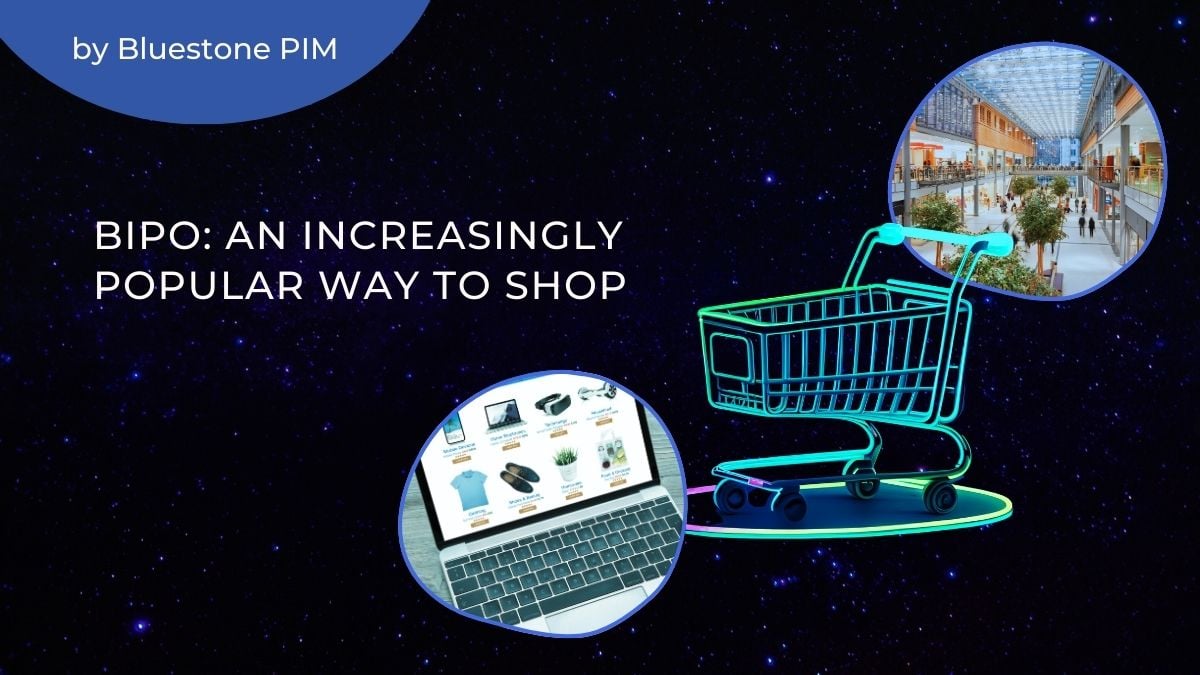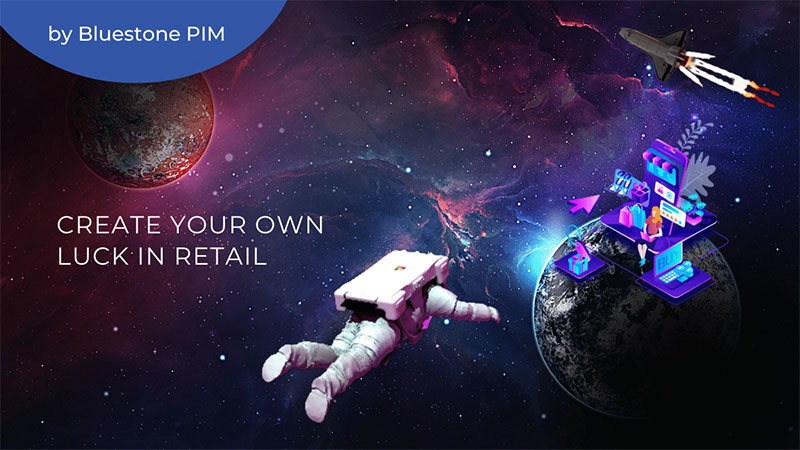Following New Shopping Journeys: Browse In-Store, Purchase Online

You might have heard of Research Online, Purchase Offline (ROPO), but Browse In-Store, Purchase Online (BIPO) is an increasingly popular way to shop.
Shoppers take more complex buying journeys to get to the purchasing stage, seeing a lack of distinction between the online and offline shopping spaces. Yet most retailers have not been quick to accommodate this shift.
88% of retailers report being interested in a solution that supports this common buying journey and solves these problems, where a customer can Browse In-Store, create a digital basket, and Purchase Online (BIPO) at a later date to ensure fewer sales are lost.
Italy was the market that expressed the most interest, with 92% responding enthusiastically.
So what could retail companies focus on to enrich BIPO buying journeys, and what key role do in-store platforms and having a best-of-breed PIM in place play in this?
ROPO or BIPO? Different Journey, Same Problem
When shopping online, customers benefit from real-time product inventory, detailed product descriptions, and personalized recommendations based on their profile and past views.
Additionally, the convenience of wishlists allows them to revisit potential purchases later, and flexible fulfillment options empower them to receive items according to their preferences.
When it comes to shopping in-store, customers are left to manually search for and save items between their e-commerce profiles and the store.
Sales associates are also often left frustrated with the process, as they give great service only for the customer to not finish the transaction in-store, meaning their contribution goes unseen in the final sale.
Wherever the shopping journey begins, as a result of all of the above, the current in-store shopping experience often feels disconnected from its online counterpart.
Isn’t it time for change?
The Right Information, at the Right Time
The need for accurate product information is non-negotiable for shoppers looking for their next purchase.
They like to see detailed product stories online, but this information is a responsibility that often falls to salespeople in-store, who are expected to provide in-depth details on sustainability attributes, heritage, and composition, among other aspects.
This is a significant amount of information to retain, and it often exists solely on e-commerce, rarely utilized in-store.
Discovering Products
Instead, retailers could take advantage of Assisted Selling apps connected to their PIM, which allow associates to access the most up-to-date product information and availability on their device without having to leave the customer’s side.
Alternatively, customers can scan barcodes via a Progressive Web App on their phone’s web browser, or explore items at touchscreen kiosks, giving them access to up-to-date information.
Digital Styling and Clienteling tools further enrich the discovery experience by utilizing the customer’s 360-degree engagement profile for personalized recommendations.
Fewer Lost Sales
If they decide to make the purchase at a later point, when it comes to continuing their shopping journey online, all of their in-store visit data will be recorded by sales associates in their 360 profile.
For instance, the customer simply needs to scan a barcode in-store and add it to their basket – this “Universal Basket” is now attached to the customer’s omnichannel profile and accessible through any online or in-store channel in subsequent visits.
Bridging the Gap Between Online and Offline with Mixed Baskets
When the customer is ready to checkout in-store, they can purchase both items they picked up in the store and access their Universal Basket to add items from their online basket.
They can choose from various omnichannel fulfillment methods for their mixed basket in addition to take-from-store: ROPIS, BOPIS, Ship-from-Store, Click & Collect, etc.
By utilizing an in-store platform like Mercaux, the store is used as a fulfillment centre to ensure the most cost-effective and sustainable fulfillment possible.
Conclusion
Why is it time to act now? In an increasingly competitive market with a shrinking customer wallet share, retailers should look to differentiate themselves by effectively managing and delivering a consistent omnichannel experience as shoppers move across channels.
Discover more about how in-store platforms can make this a reality at mercaux.com.




